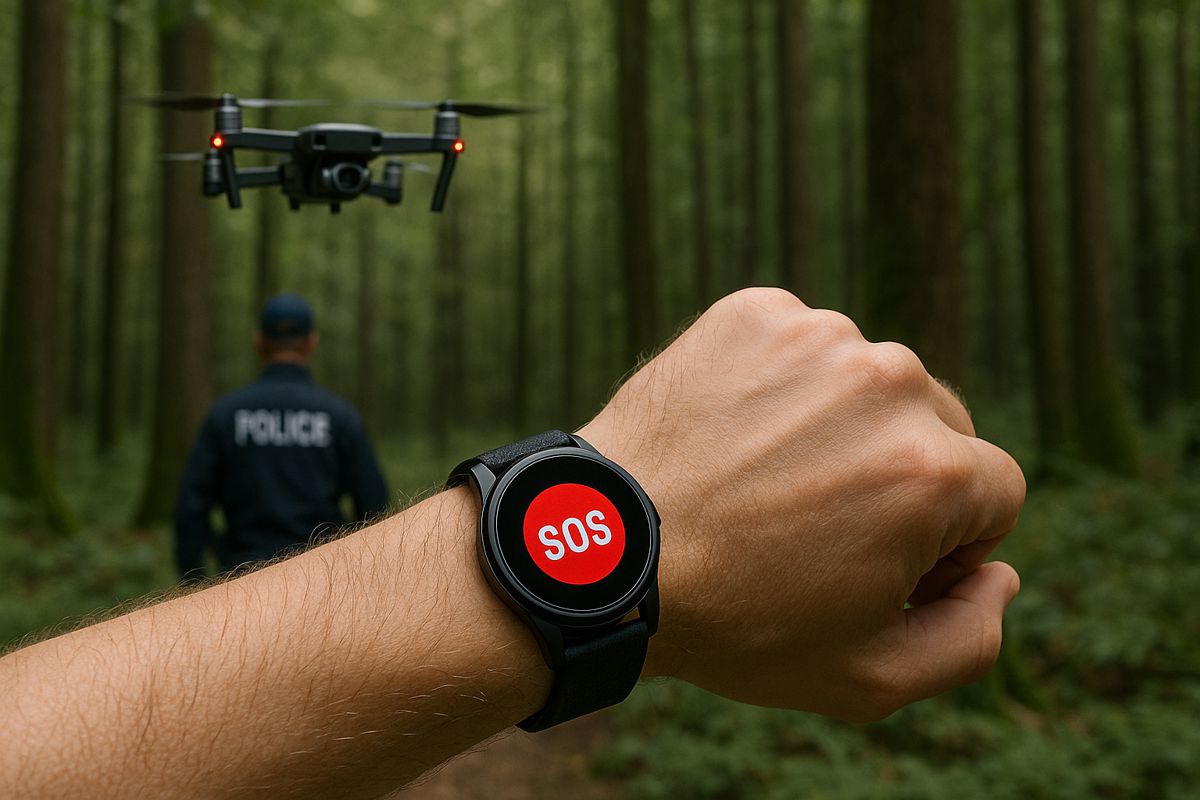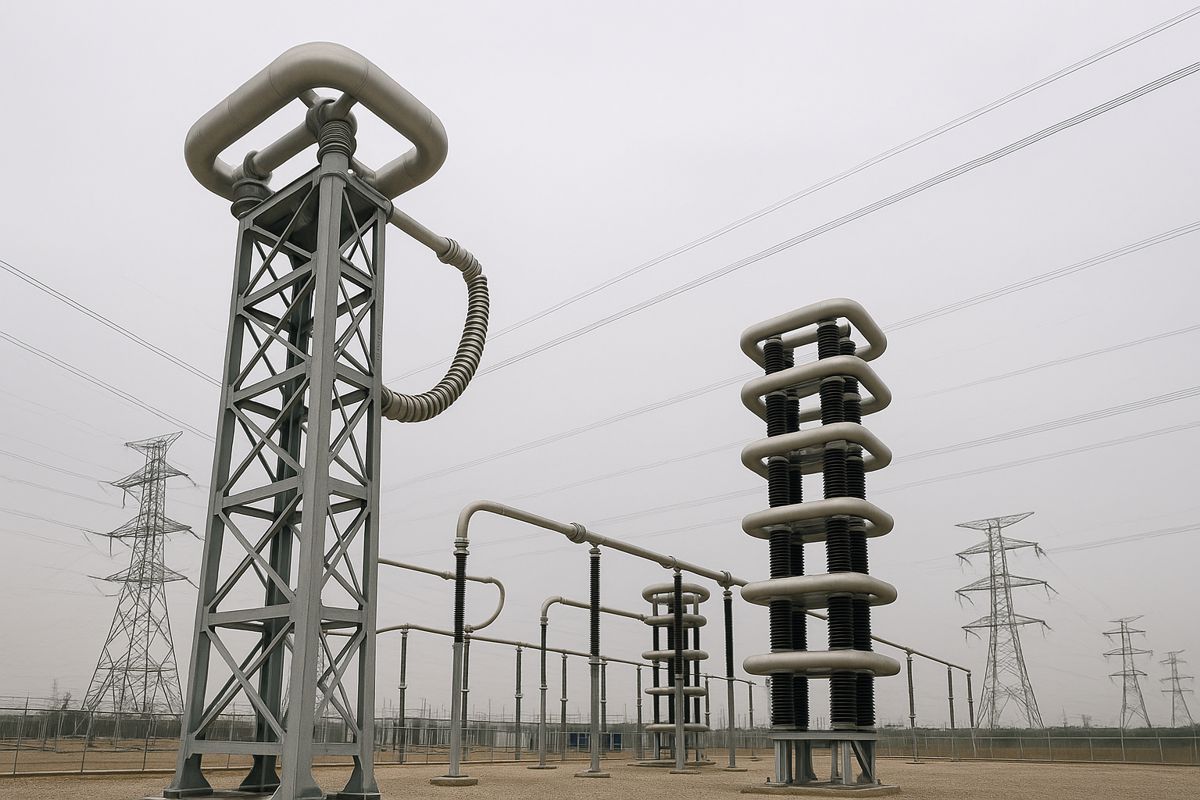Ouster won 110 Smart Infrastructure Signalling projects in 2021
Ouster, Inc., a leading provider of high-resolution digital lidar sensors, has announced that it was selected for 110 smart infrastructure projects in 2021, representing nearly 3,000 digital lidar OS sensors for initial deployments.
The smart infrastructure projects span 20 countries and encompass the intelligent transportation systems, smart places, and security management submarkets.
Ouster’s smart infrastructure vertical represents an estimated $2.8 billion TAM for digital lidar by 2025. With over 1 million signalized traffic intersections and 85 million surveillance systems in the U.S. alone, there is a considerable opportunity to augment these systems with digital lidar sensors.

Digital lidar can replace expensive and unreliable ground loops, displace cameras to reduce idling time for vehicles, increase safety for pedestrians, and provide crowd analytics without compromising privacy.
In 2021, Ouster started building a robust partner ecosystem with over 30 software integrators and solution providers across major markets. This has allowed the Company to accelerate digital lidar adoption in the smart infrastructure vertical to capture incremental market share while these projects validate solutions for significantly larger deployments. These project expansions have the potential to result in hundreds of thousands of sensors.
“Digital lidar has a far-reaching role to play in modernizing infrastructure for safer roads and cities,” said Itai Dadon, Ouster’s VP of Smart Infrastructure. “Ouster’s accelerated global growth in smart infrastructure over the past year is the direct result of targeted investments and partnerships to bring turnkey perception and analytics solutions to market. The accuracy of the data combined with the reliability and affordability of our digital lidar as compared to other sensing modalities demonstrates strong product-market fit. We expect project expansions and future value-added solutions will further catalyse Ouster’s growth in smart infrastructure over the coming years.”




















